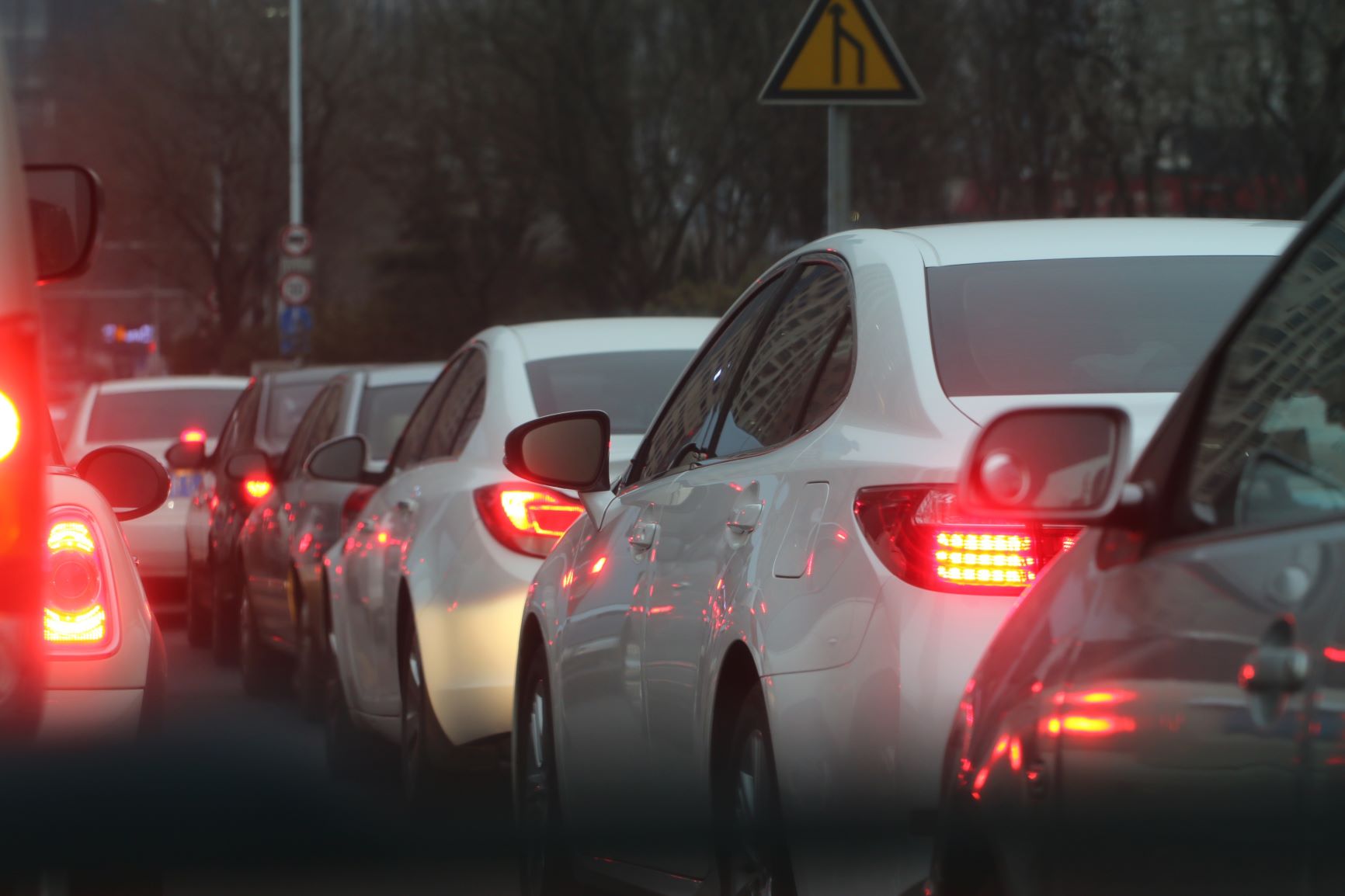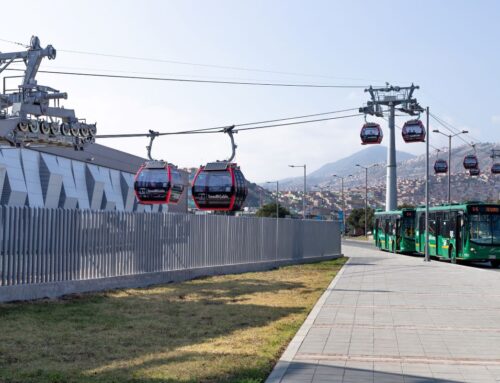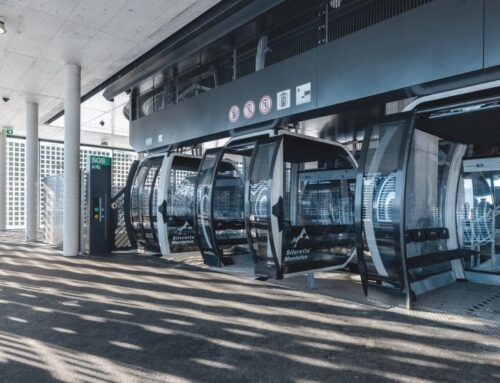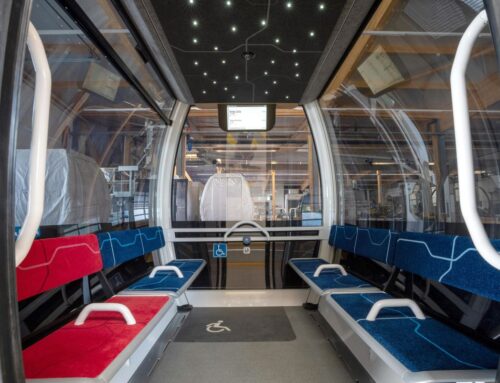
Cities, SI Urban 2/2020
Who is using the transport and how?
In Europe, the trend is towards pedestrian zones and e-mobility. The stated aim, especially of larger cities, is fast transport connections. Daily traffic jams cost cities enormous sums of money every year, which is why attempts are being made in Europe to minimise this cost factor before urbanisation brings even more people and vehicles to European roads in the coming years.
Amsterdam has clearly espoused the bicycle and 60 percent of all journeys within the city are made on two wheels.
North America: In North America in 2003, for the first time, there were more vehicles registered than people with a driving licence, so it is little wonder that traffic jams are a big problem in the major cities. To relieve the traffic, there are so-called carpool lanes. These lanes, which are generally free of traffic jams, can be used only with several people in the vehicle. In Japan it would not even be possible to own more cars, as people here are allowed to buy a car only if it has already been assigned a parking space. In China too, it is not so easy to buy a car; in Shanghai, only a certain number of registrations are issued each month – such number plates can cost the equivalent of 10,000 euros.
India is trying to expand the transport infrastructure so that people are transported mainly by public or non-motorised modes of transport, including because of the poor air quality. Plans for potential cable car routes are therefore also being published in more and more Indian cities.
Latin America: Meanwhile, the chaotic megacities of Latin America have given up creating strategies for overcrowded roads; they are using cable cars instead. Comparatively, these are very cost-effective, quick to implement and environmentally friendly. In Mexico alone, the aerial streets replace several thousand minibuses.
It will be interesting to see which strategies different countries use to combat the increasing traffic as a result of urbanisation.







